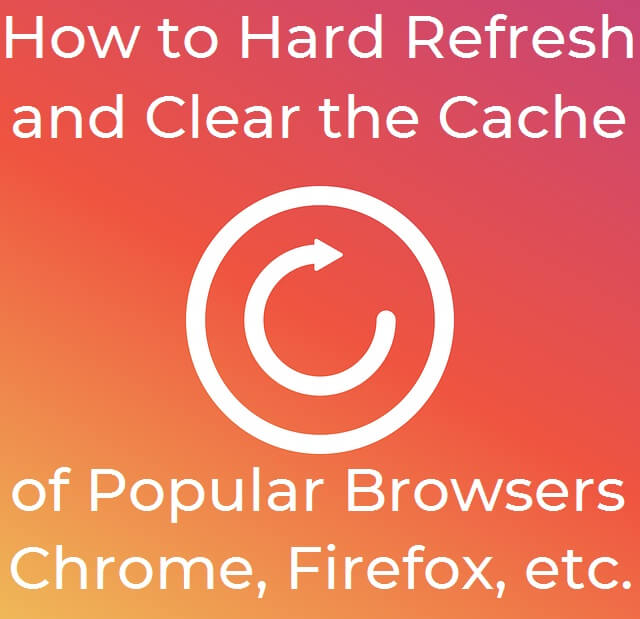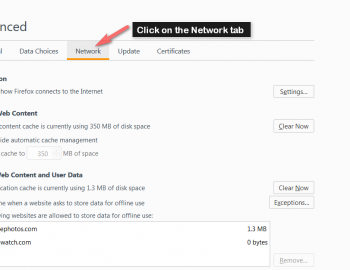

However, this method will clear all of your browsing data, including your history and cookies. Once you’ve enabled the Develop menu, hover over the new Develop option in your menu bar and choose Empty Caches to clear your Safari browser cache:Īlternatively, an easier way to clear your Safari browser cache is to just go to History → Clear History. Then, check the box for Show Develop Menu in menu bar: To enable this menu, open your Safari Preferences and go to the Advanced tab. To only clear the browser cache in Safari, you’ll first need to enable the Develop menu. And that’s it – you just cleared out all of the cached files for the time that you specified.
Then, click Clear data to finish the process. To clear your entire cache, select All Time from the drop-down

To clear the browser cache in Google Chrome, you first need to open the Clear browsing data interface. You can click below to jump straight to the browser you’re using:Īnd then at the end, we’ll also show you a helpful trick to force refresh a single web page without needing to clear your entire browser cache.
FIREFOX FORCE REFRESH CACHE HOW TO
In this article, you’ll learn how to clear your browser cache for all popular browsers, ordered by market share. When that happens, you can often fix the problem by clearing your browser cache, which essentially means deleting all the locally-stored files and downloading a fresh copy of everything. But occasionally, this approach can cause issues with a site, either because your browser is still serving up a cached resource even though that resource has changed or because your cached files have been corrupted. This eliminates the need to re-download static assets – like a logo – as you browse around to different pages of a website. To help offer a speedier browsing experience, modern web browsers store certain static files on your local computer in a specified browser cache directory. I will somewhat recommend this method if you roll out updates on a regular basis, mass controls using this Apache module is much more flexible and powerful.If you’re having issues with a website, one of the common troubleshooting steps that you’ll see is to clear your browser cache. That will pretty much expire all CSS and Javascript files the moment users access them, and encourage browsers to reload them. If the above is too funky for you, or there are too many pages to push at once – The next alternative is to enable the mod_expire extension in Apache. For the sake of performance, you might want to turn off these headers after some time, after most of the users have gotten the updated page. This will most likely cause the browser to reload everything on the page itself. Very important note – This page is now set to “no-cache, always reload”. On the page that you want to send the updated scripts, output the following HTTP headers: These examples are done in PHP and Apache, but there should be similar mechanisms in the other programming languages/webservers. Lastly, we can send some HTTP “no-cache” headers to encourage browsers to reload from the server. HTTP HEADERS – CACHE-CONTROL & EXPIRES QUICK NOTES ON THIS METHOD It slows down the performance of your websites, just stick with changing the file name if possible. It really doesn’t do anything but fool the browsers into loading the script from the server every time.īut please take note that this is not a recommended practice in the long run, as browsers will not cache files with parameters.

Yep, this is an old trick that we use – Just append a dummy timestamp behind the URL SCRIPT.JS?t=123456. We can quickly fall back to the older versions should something goes wrong, and check back on what has been changed over time. It is also a good practice to adopt versioning anyway. This is one of the easiest and most reliable ways to ensure that everyone is getting the latest version of the scripts – Simply change the file name, add a trailing version number behind the file name. If the system is already live, here are a few ways to remedy the situation. Of course, the above will only work for the developer.


 0 kommentar(er)
0 kommentar(er)
